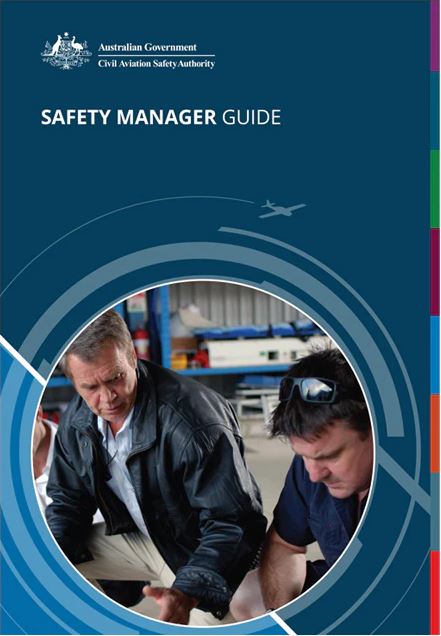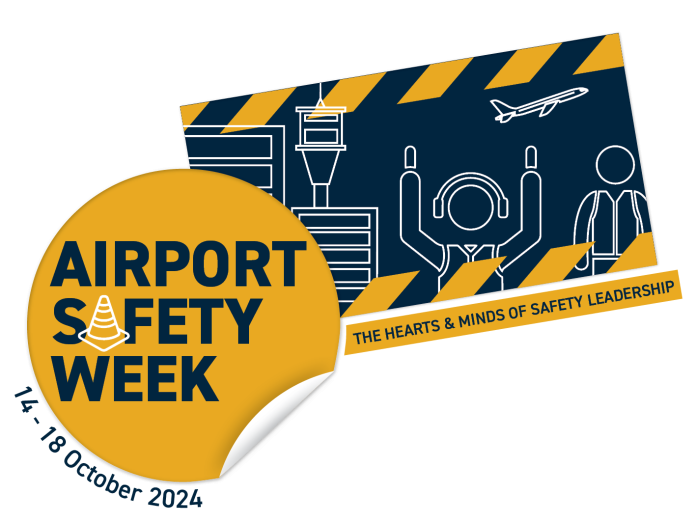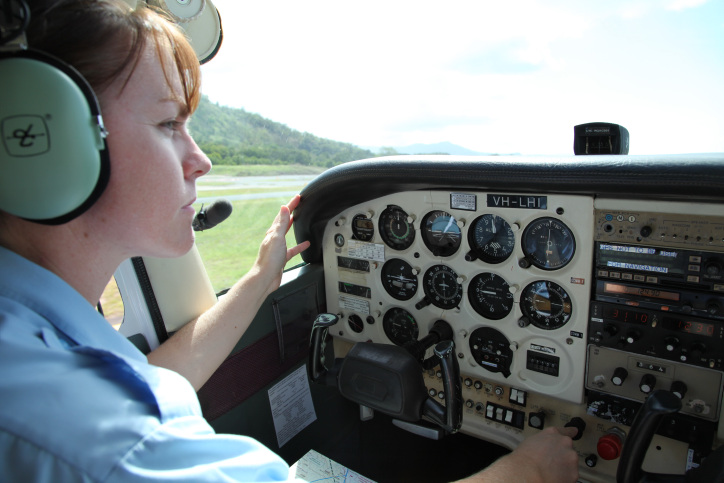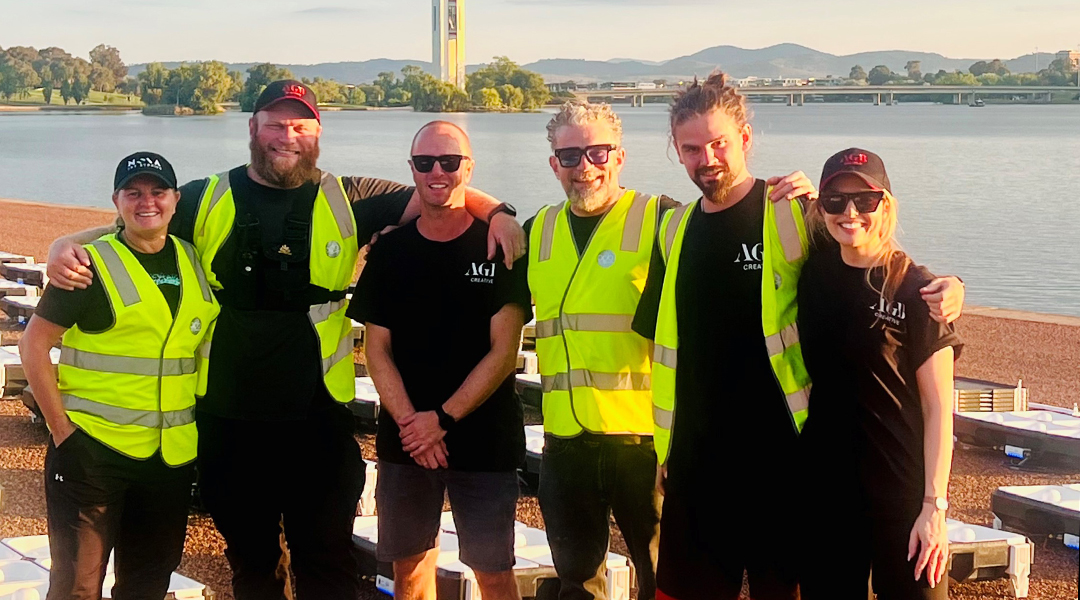Airport Safety Week starts today. The Australian Airports Association’s (AAA) annual promotion aims to highlight and support the safety of airport staff and the communities they serve all around Australia, from large international airports to small regional airstrips.
This year’s theme focuses on the hearts and minds of safety leadership, including the commitment to create positive energy around safety for pilots, cabin crew, maintenance personnel, ground staff, contractors, and the public who travel and work in and around airports and aerodromes around the country. There are daily activities focusing on a different safety topic and webinars on psychosocial safety, understanding legal risk, and safety leadership within the aviation environment.
Leading to safety
What makes a good leader? What skills, experience and aptitudes do good leaders possess that make them stand out from the crowd? And how does this apply in the aviation industry?
With a wide variety of people employed across the aviation sector, coming from a variety of diverse backgrounds, possessing the ability to inspire and motivate teams to work effectively – and safely – is the key to success of the industry.
According to CASA’s Safety Manager’s Guide, a good leader should bring energy and enthusiasm to their role. Good leaders are committed to the job and encourages all parts within a section, or the organisation to have buy-in to the safety system and develop a shared commitment to improving safety outcomes.
Good leaders have well-developed people skills and high levels of emotional intelligence. They know how to communicate effectively to get important messages and information across to their teams. Leaders need to be able to engage openly and honestly with their staff and be both approachable and naturally at ease when dealing with a variety of people and personalities. Approachability, and possibly most important – visibility – allows leaders to build trust with their workforce, which in increases the quality of work being done by the staff.
People occupying management positions in aviation should be aware of the requirements of good leadership. Ideally, they should be able to balance and dedicate sufficient thought to both their technical and non-technical skills set to build and maintain rapport with staff, and to achieve safe outcomes for their aviation organisation.

Further reading
Download or purchase your copy of CASA’s Safety Manager Guide from the CASA Online Store today.
Check out AAA’s Airport Safety Week website to access more safety leadership resources and to sign up to free safety webinars.





